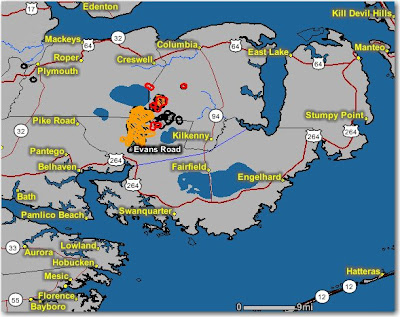 For the past few weeks I have been using a new toaster. I know what you’re thinking…. WHAT? a toaster? Yeah…. a deluxe new toaster that is light years ahead in design and technology compared to any other toaster I have seen.
For the past few weeks I have been using a new toaster. I know what you’re thinking…. WHAT? a toaster? Yeah…. a deluxe new toaster that is light years ahead in design and technology compared to any other toaster I have seen.
It’s a Breville Diecast 2-Slice Smart Toaster and is not just a simple mechanical device with heating elements. It has a brain. When you plug it in, or hit any button after it has gone to “sleep”, circles around all five buttons begin to glow a light blue color.
Put a slice of bread in one of the slots and push the Toast/Cancel button, and the blue circle around that button turns to red, while a motor gently lowers the bread into the toaster. At that time a row of lights above the browning control illuminate and one at a time each light in the row turns off, counting down like an animated bar graph, until they are all off. Then a motor gently raises your toast and you’ll hear a faint beep. The beep is so faint that there is no danger of waking your significant other if you have to get up and toast your bagel while they still snoozing.
If you are curious about the progress of your toast, or worried it might be over done, you can press the “Lift & Look” button while it is toasting. The motor will raise the toast for a few seconds then lower it again, continuing the rest of the interrupted toasting cycle.
If your toast is not quite brown enough at the end of the cycle, you can press the “A Bit More” button. This will automatically lower the bread carriage for additional toasting time.
Do you find that your toaster burns the outside of your bagel while the inside is just right? This toaster has a special system for bagels. You place the inside of the bagel facing the middle of the toaster and press the “Bagel” button. The toaster will activate additional heat to the center heating elements cooking both sides evenly.
There is even a “Defrost” button which adjusts the toasting cycle to account for frozen bread or bagels.
I love the labels for the buttons….”A Bit More“, and “Lift & Look“. None of those stupid international symbols that no one understands. Just plain, simple, common-sense, English, something that is in short supply too often these days.
And the innovate design does not stop at the toaster itself. The electrical plug is unique, having a hole through which you can insert your finger to make it easier when removing the plug from a wall socket.
This toaster is not cheap, but ya gotta pay for quality. The 2-slice model is $129 and a 4-slice model will set you back $179 at Amazon.com.
OK. Now back to wildland fire.




